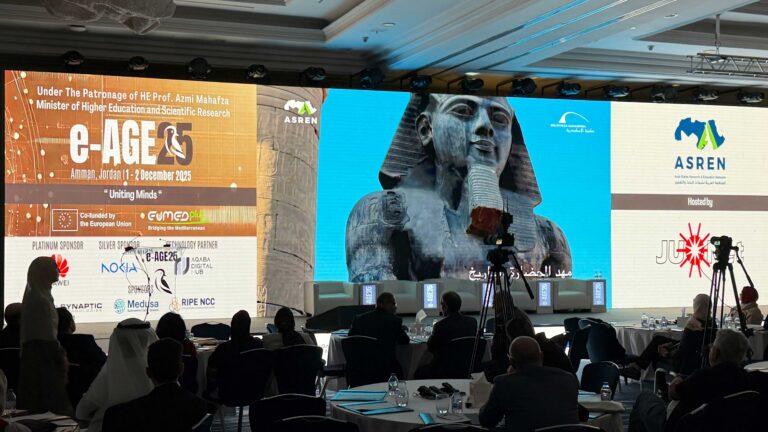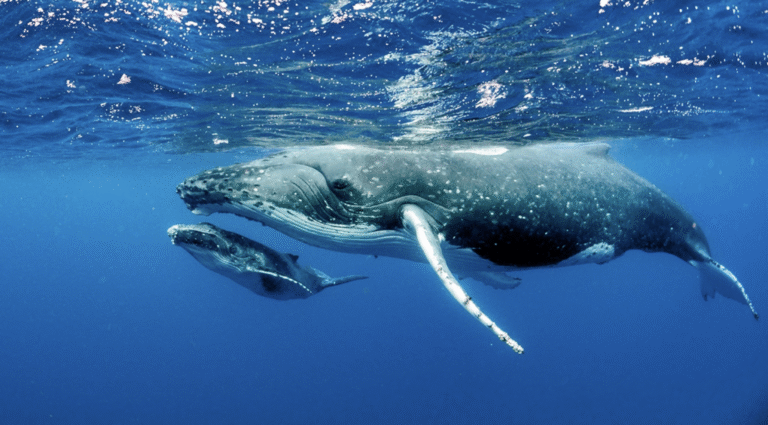The efforts by NORDUnet to catalyze establishment of a subsea cable connection through the Arctic Ocean have gained significant momentum through a grant from the EU. The new funding will allow NORDUnet and partners to investigate in detail how subsea optical cables can connect Europe to Japan and North America through the polar region.
“We are very excited about the possibilities opened by the new funding,” says NORDUnet’s Ieva Muraškienė, who is leading a work package in Northern EU Gateways.
Advancing Polar-Connect
Under the headline “
Polar-Connect”, NORDUnet has forged a range of partnerships over recent years aiming to exploit the latest progress in cable laying technology paving the way for connections through the Arctic Ocean. The NORDUnet participation in the new project called Northern EU Gateways will be a part of Polar-Connect. Partners will be
telecommunications company Cinia Oy, Finland, and the NRENs (national research and education networks) of
Sweden,
Finland and
Denmark .
“Ideally, we would like to go straight through the Arctic Ocean to minimize costs. However, we are aware of various risks, some of which are induced by the current geopolitical situation and various tensions in the Arctic region. Likewise, we need to take other issues into account such as which permissions will be needed from the governments of Greenland, Canada, and the US,” explains Ieva Muraškienė. This work package concerns further development of Vision 2030, established by NORDUnet and the five Nordic NRENs to promote the Arctic region as a key area for the digital transition of Europe.
Northern EU Gateways Contribution
The Northern EU Gateways project includes three core activities.
Firstly, detailed route planning a subsea cable west of Greenland. Secondly, detailed route planning for connectivity between cable landing in Northern Norway and the European continent, including the C-Lion2 subsea cable. Both activities will be led by Cinia Oy.
Finally, the project will include feasibility studies for a subsea cable east of Greenland, i.e., as direct a route as possible. This activity will be led by NORDUnet.
“Besides the detailed route planning, we are keen to investigate ways to generate additional value from an Arctic subsea connection,” Ieva Muraškienė says. “Whereas previously, subsea cables were regarded as something similar to pipelines, it has become apparent that they can be much more. If equipped with various sensing technologies, a subsea cable may also provide geophysical data – relevant, i.e., for earthquake detection, climate and ocean seabed observation”. As part of this activity NORDUnet will investigate technologies and engage with research communities that are eager to exploit such areas.
The total budget of Northern EU Gateways amounts to 7.3 million EUR, of which 50 % is provided by the European Commission under its
CEF2 (Connecting Europe Facility) digital scheme. The other 50 % is provided by the project partners combined with contributions from Nordic universities and commercial partners. The project started on 1 January and will run throughout 2023




